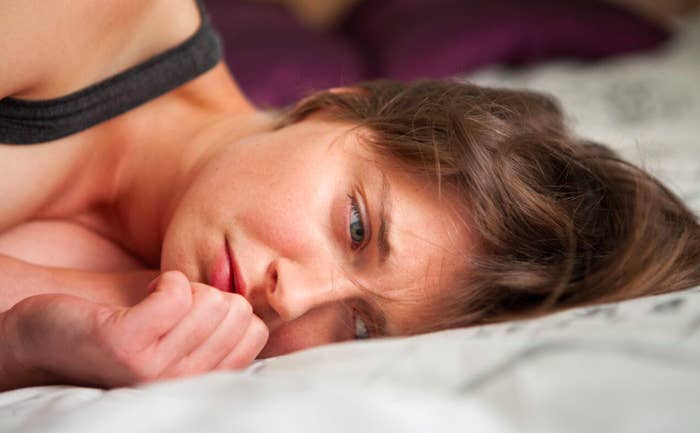
Two charities in Scotland have come together to create a range of stock images to help challenge misconceptions about domestic abuse.
The project, called One Thousand Words, is the brainchild of Scottish Women's Aid and Zero Tolerance, who want to raise awareness that abuse does not always mean the use of physical violence.
It was prompted by Scotland’s recent domestic abuse bill, which aims to make coercive and controlling behaviour a criminal offence.
Brenna Jessie, who works at Scottish Women's Aid, told BuzzFeed News the photoshoots were directed by survivors who have called their domestic abuse and forced marriage helpline.
Many of the women – who were in abusive relationships, but not physically violent ones – were unsure whether what they were going through counted as abuse.
"Whilst physical violence can be part of an abusive relationship, emotional abuse is always part of an abusive relationship," Jessie said. "There are a number of different controlling, humiliating, degrading tactics, and all of that can take place without a person raising a fist."
The images will be made available to journalists to help them use more informed and diverse depictions of abuse when writing about the subject.
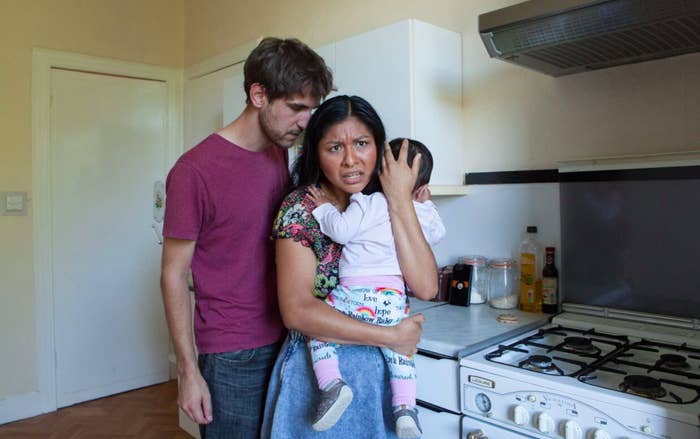
Jessie told BuzzFeed News that women have told her charity they've been made to eat off the floor, had access to sanitary products restricted, and had their bank accounts frozen.
"We hear time and time again from women calling up to ask the question of 'I don't know if this counts as abuse', and that's something the Women's Aid network has heard for 40 years," she said.
"Domestic abuse is fundamentally about control, it's about power, and all of that can take place without there being the use of any physical violence."
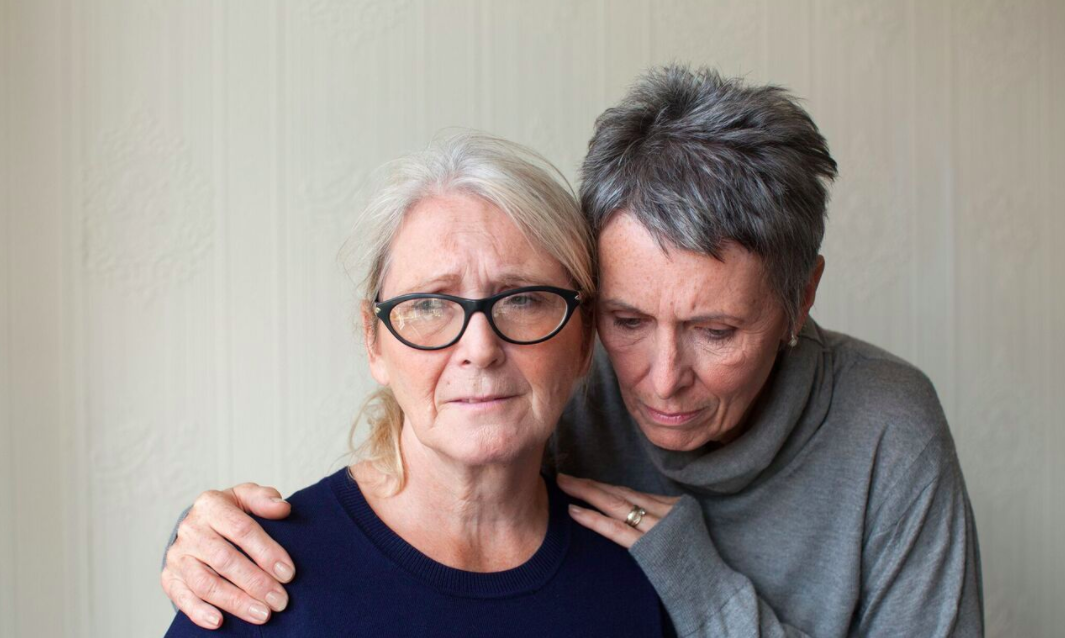
There appears to be a mismatch in people's general understanding of domestic abuse, Jessie said, which leads to women not realising they're experiencing it and not seeking help as a result.
Domestic violence is experienced by women from all different backgrounds and ages, which is why Jessie said that it was important to show that victims don't have to look a certain way and to challenge perceived ideas of who is vulnerable.
"It was also critical to us to shift away from the idea that [only] young, white, beautiful women with long, flowing, and well-tamed hair experience domestic abuse," Jessie continued. "We really tried to show a broader representation of women. We had a woman of colour, and older women, for example."
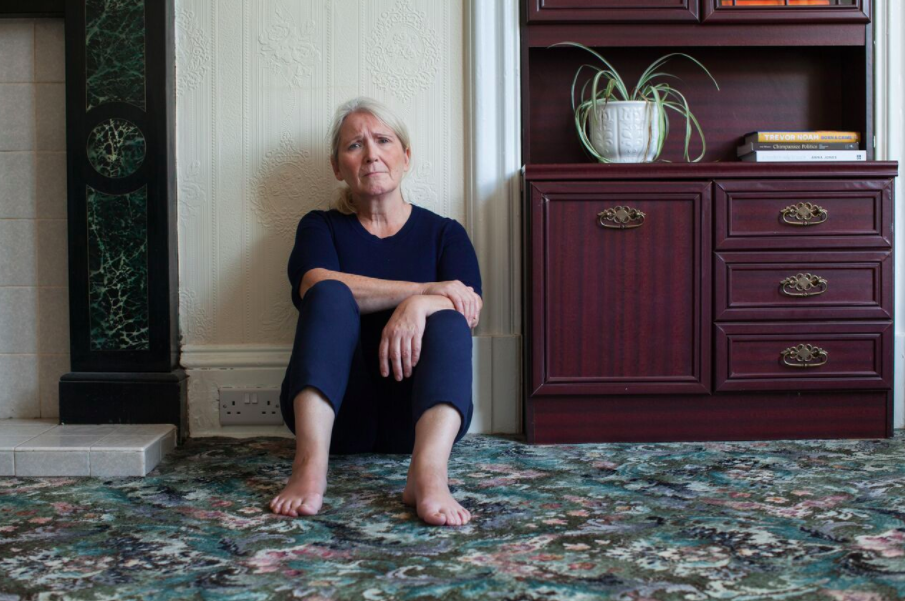
Part of the problem is the limited ways these issues are illustrated in the media, Jessie said.
"There would be a very good article [about domestic abuse], but then they use a very strong image of a woman with a black eye and a huge fist looming towards her," she added.
"One day I sort of lost my rag a little bit and phoned one of the journalists who had done this. I said to him, 'Why have you done this? It's a really good article but you've illustrated it with this awful image that completely totally contradicts that.'"
Scottish Women's Aid commissioned storyteller and photographer Laura Dodsworth and over a three-day period spoke to and consulted with survivors of domestic abuse, who were the art directors for the entire project.
"We looked at the images that the media uses to depict domestic abuse, we spoke about how that related to their experience, what was missing, and what was wrong with these images," Jessie said.
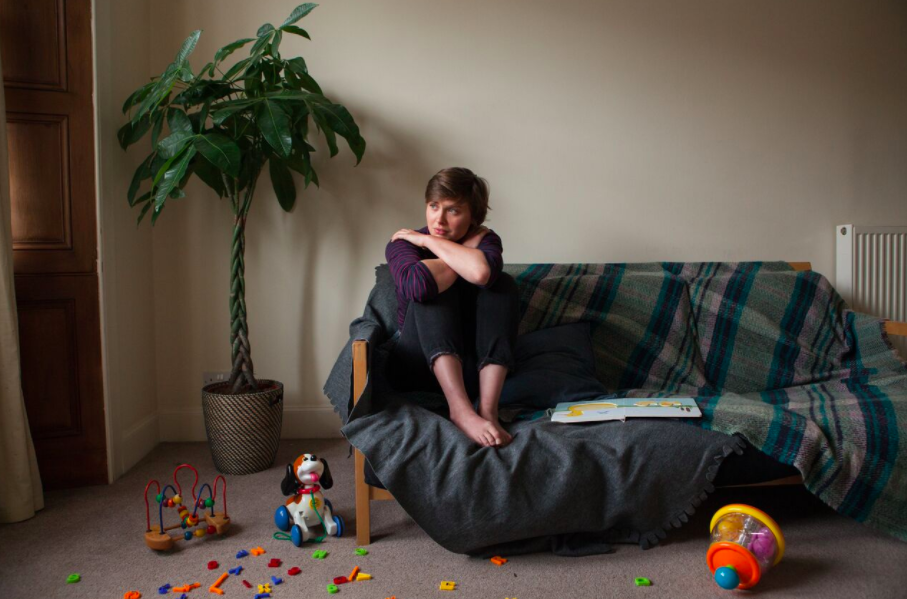
One survivor who took part in the project said that in the photos used by the media to illustrate domestic violence, there could be too much space between people.
"In real life, your partner can be right in your face. Sometimes in photos the child is shown off to the side, but most of the time the mother would go up to the child and protect and comfort them no matter what," the woman said.
"The models are always young and well-groomed, but in that situation you don’t always have the time to coordinate your outfit, or the money to even buy nice clothes. I would wear clothes I’d been given, or from a charity shop, that might be three or four sizes too big."

Another survivor who helped with the project said she had spent a long time denying that she was actually being abused.
"It took me four years to recognise my situation," she said. "I used to work in women’s services. It made it even harder for me to ask for help because I didn’t think it should be happening to me. I maintained my professional job and my professional front. When I finally did talk to people about it they would say, 'but you are so strong.'"
A 60-year-old grandmother who also helped with the project said her partner was extremely controlling. "My partner has done things like cancel my contract on my phone, frozen my bank account, and withheld my medication," she said.
"I was told if I started work again it would end the relationship. I was totally controlled. I was cut from my closest family and friends."
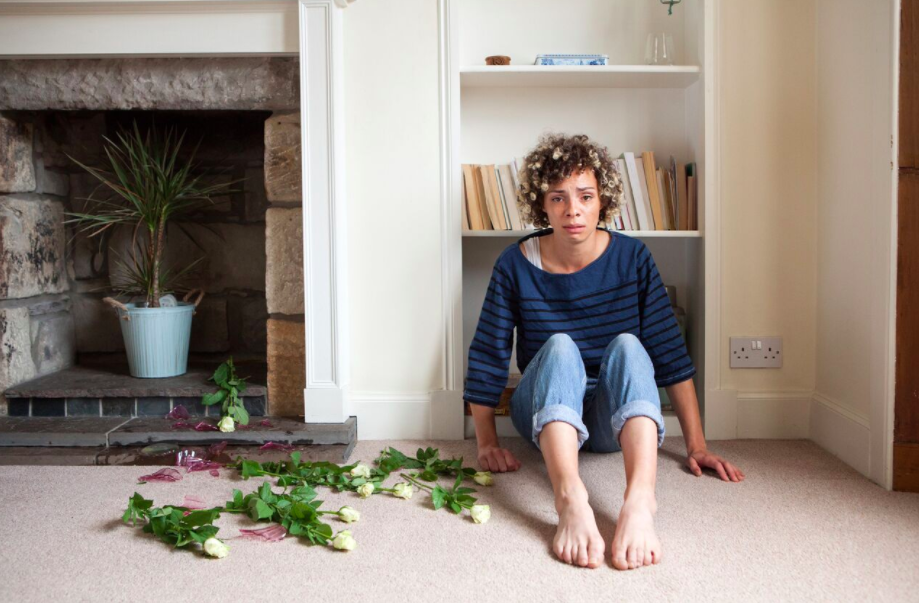
Jessie said the reaction to the project so far has been very positive, with people more than willing to help in any way they can.
"Everyone chipped in and realised how important it was. We had a guy who actually delivered our sandwiches and I was telling him about the project. He said, 'Let me know if there's anything I can do' and the next day he was in modelling as the perpetrator," she said.
The feedback from the images so far suggests they have really moved people, Jessie said. "They've been incredibly personal and quite impactful."
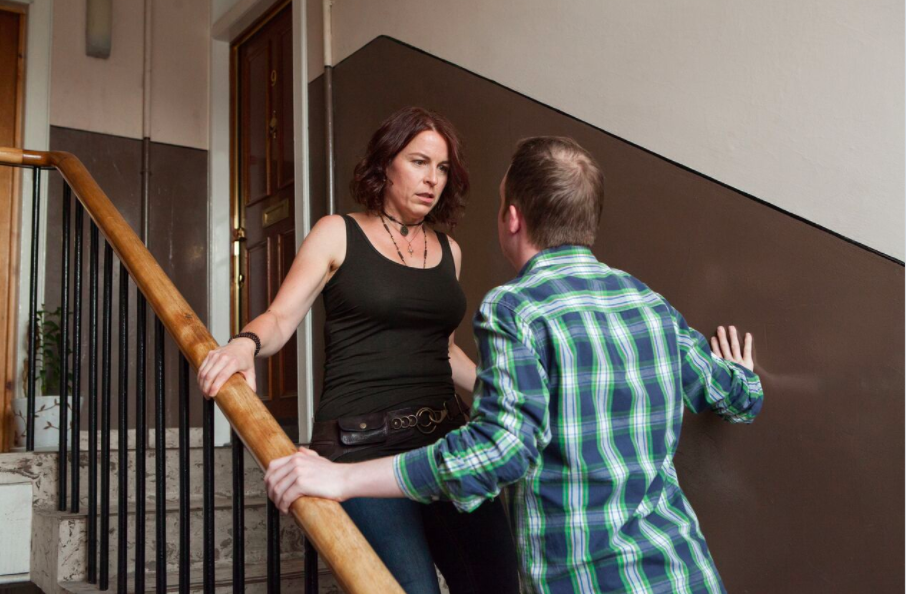
Lydia House, a spokesperson for Zero Tolerance, said the charity was struck by the enthusiasm shown by everyone involved – models, newspaper editors, and the survivors of domestic abuse who developed the creative brief for the photos.
"Everyone has recognised the need for more accurate, sensitive media representation," she said. "There is a real appetite for change to the current media representation of domestic abuse."
House acknowledged there is still more work to do. The charity created Handle With Care – a page for journalists to go to for guidance when reporting on violence against women. With more funding they would like to expand this project to ensure that women of different ethnicities, ages, classes, and body types are represented.
"Although One Thousand Words represents a tangible improvement, we know that there is still work to do. People still want greater diversity as there are many women who are not represented in our photos," she said.
"For now, we want to make sure that as many news outlets as possible have access to these pictures – they are free to use and will make a real difference to readers’ perceptions of domestic abuse."
